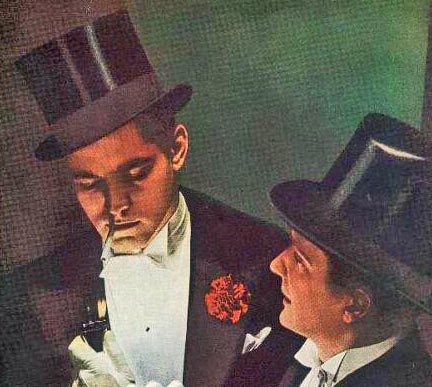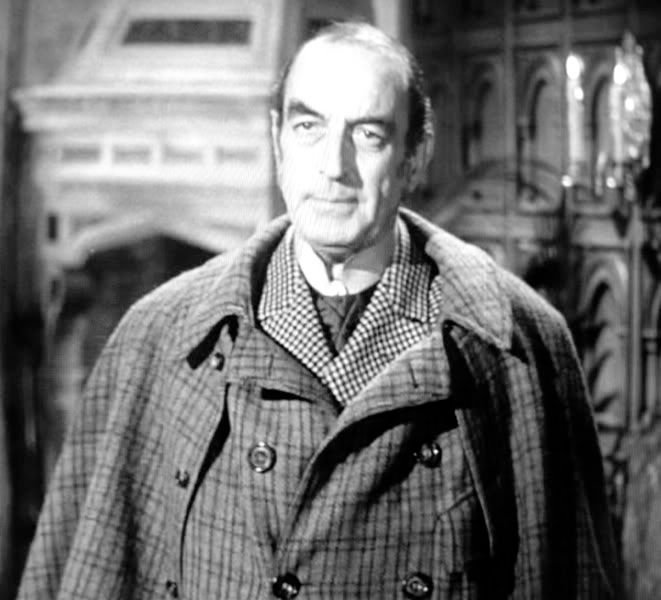The cape is one of those things we like so much when we see them in old plates, close our eyes and fancy ourselves wearing them, but in real life it is a bit more difficult to fit in. Personally I would only have it on a country coat meant for long walks in cold weather, where the cape has a practical purpose - otherwise it risks looking a bit costumey today. A great temptation nevertheless
About the only overcoat that fits your bill (daytime & evening, formal and informal) which is NOT INAPPROPRIATE in any of your intended contexts is the Guard's coat. Everything else is more specific to day or evening (esp. in terms of colour) or formal / informal and looks a bit forced if worn out of context. I don't know if you like the military styling of the Guard's coat (I wanted to have one made about a year ago and got dissuaded by Michael Alden - at least for the time being - in favour of a simple dark blue DB Chesterfield, but I had different needs and priorities), but if you don't, I think you are better off with different overcoats made for day / evening wear.
Costi


